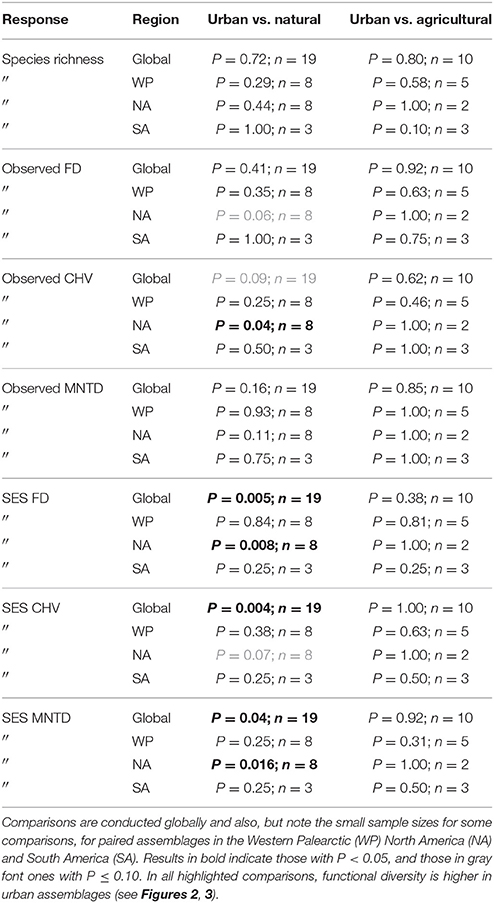

Virginia Aronson, AB’69, AM’73, JD’75, walks to a corner of the Lincoln Park condo she shares with her husband, Simon, AB’64, AM’65, JD’73. She turns her back to us, closes her eyes, and prepares to read my mind. Simon, standing near me, starts an easy, well-rehearsed spiel. He takes a deck of cards, riffles through them, and says, “Stop when you see a card you like.” I stop him at the two of hearts. We turn to Ginny on the far side of the room. “I think it’s a heart,” she says, “and I’m thinking it’s a low card, perhaps the two of hearts.” Simon then bids me to select any two dice from a huge bowl of over a hundred different colored dice. I choose two at random.
“You’ve chosen a pink one and a purple one,” she says. I roll the dice; Simon asks Ginny to tell us what the total was. “The total is 10, but it was too easy, because there’s a five on both.” So I roll again, this time a seven.
Goodmagicstore.com The Card Ideas Of Simon Aronson by Simon Aronson [abk69752196] - Simon Aronson – The Card Ideas Of Simon Aronson PDF Simon.
Ginny tells me so, that it’s a five and a two, and which number is on which color die. Magician Simon Aronson, AB’64, AM’65, JD’73, performs at a children’s party at age 16. (Photo courtesy Simon and Virginia Aronson) Magic wasn’t his only passion. Young Simon developed an interest in civil liberties (his father, Arnold Aronson, AM’43, was a lobbyist for civil rights and civil liberties legislation). He enrolled in the College with the plan of continuing directly to law school.
He placed out of most of his first year, earning his degree in economics a year early. The Law School accepted him, but he wrangled a deferment so he could get a master’s degree in philosophy.
One deferment led to another, and he eventually started a doctorate. During this time he cotaught a class for first-years on humanities and social sciences with James Redfield, LAB’50, AB’54, PhD’61 (now the Edward Olson Distinguished Service Professor of Classical Languages and Literatures) in the New Collegiate Division. At the same time, Simon continued experimenting with card tricks and seeking out other magicians. In 1965 he ran across a mind-reading duo at—of all places—a Woolworth’s in downtown Chicago. Programming software free. The magicians would entertain shoppers with a little mind reading, then sell them horoscopes. Simon befriended one half of the act, Eddie Fields; although Fields never taught Simon the secrets of his act, it inspired him to learn more.
He resolved to create his own mind-reading act and started by reading everything he could on second sight. “In many ways, it was a very U of C kind of thing to do,” he confesses. Simon had been frequenting a Chicago magic shop run by a well-known magician named Jay Marshall, who kept in his store a library of obscure works on the craft. Simon dug into Marshall’s collection with all the fervor of a grad student. “I spent weeks in his library researching all the manuscripts on two-person mind reading,” he recalls.
“There must have been 30 or 40 different things, and from that, I put it all together to create something that would be workable for me.” Once he and his first partner, his then girlfriend, had polished their act, they took it around Chicago, earning extra money for school by working at nightclubs and sweet sixteen parties. Along the way, he exchanged one girlfriend/mind-reading partner for another, then broke up with the second girlfriend—but kept her in the act. Meanwhile he started dating a sociology grad student named Virginia “Ginny” Cook. Ginny was very much Simon’s opposite, hailing from Bremerton, Washington, and recruited to the University by the Small School Talent Search, which brought promising scholars from rural areas. She had no experience with magic and no interest in performing it. Whereas Simon enjoyed being the center of attention, performing for an audience terrified Ginny. As time went on, though, Simon’s performances with his ex started to grate (“I kept assuring her, ‘Don’t worry, it’s only mental!’” Simon says).
- Author: admin
- Category: Category